Dejvice in the Prague 6 borough is one of the most livable addresses in the Czech capital: castle views, excellent property, an abundance of green space and dining options, and plenty of peace and quiet make the neighborhood a perennial expat favorite. Such stylish living never came cheap, so, while a move to this district can be a wise choice, there are some things to consider before doing so.
(NOTE: In this article, we define Dejvice as north of Milady Horákové as far as the Baba housing estate, and then west along Evropská to Bořislavka.)
PARTNER ARTICLE
PROS
- Proximity to Airport, Transport Lines & Suburbs – Dejvická is a major transport hub for numerous tram and bus routes run. Metro line A and bus routes to the airport service the district and it takes just 6 minutes to reach Wenceslas Square (Můstek) from Dejvická metro. Suburbs such as Roztoky are easily accessible by bus from Dejvická metro station, or by train via the Praha-Podbaba station.
- Fine Modern Architecture – The development of much of Dejvice coincided with the early years of Czechoslovakia, resulting in avenues lined by roomy detached dwellings. Adolf Loos’ modernist Villa Müller lies on the edge of garden suburb Ořechovka, which looks as if it has been teleported from the English Home Counties. Baba, a small housing estate comprising simple box-like interwar villas, and at the other end of the district, Bubeneč, a leafy enclave of eclectic ambassadors’ residences are architectural high points.
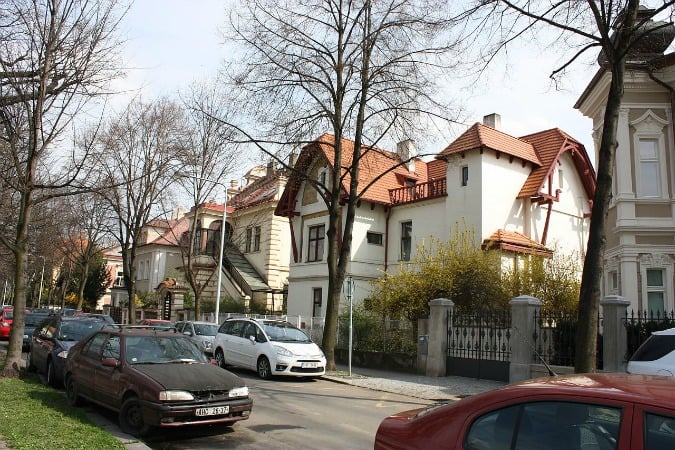
- Revitalization of Vitězné náměstí – The focal point of Dejvice is the vibrant yet ill-defined space around the junction of Evropská, Jugoslavských Partyzánů, and Svatovítská (aka Kulaťák) which, it was recently announced, could see a major overhaul in the future. In the meantime, a large farmers’ market takes place here from March to December, an urban beach and main stage, Šesták, is set up in the summer and, in winter, a skating rink.
- Prague’s Most Beloved Green Spaces – Although, strictly speaking, most of it lies in adjacent Prague 7, Stromovka is within walking distance of Dejvice. In contrast, the impressively winding Šárka Valley has a rus in urbe feel. Don’t overlook the café-lined park at Puškinovo náměstí.
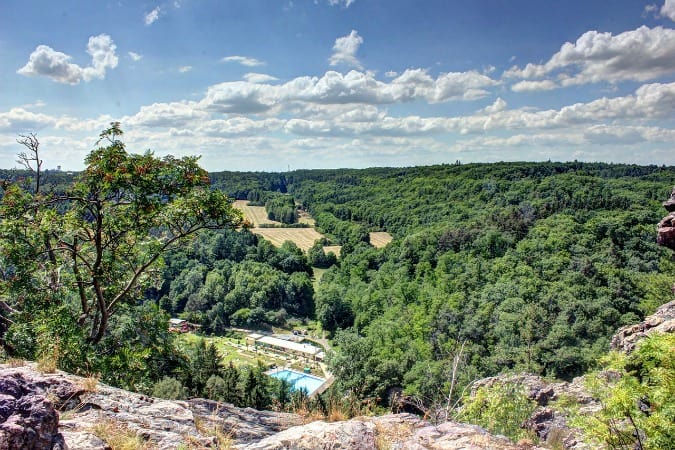
- Thriving Café & Pub Culture – Kabinet recreates the atmosphere of the First Czechoslovak Republic while Café Zahorský serves cosmopolitan fare and a selection of sweet goodies. Veverka is a down-to-earth watering hole, while nearby Na Urale pub and Dei-Witze on Puškinovo náměstí, are local favorites. A few blocks away, near Stromovka Park, local institution Na Slamníku has been refurbished, but its traditional atmosphere lives on.
- International Dining Galore – Cozy Bistro À Table does French favorites; you’ll find an array of Slovene and Mediterranean dishes at Nenasyta. A relative newcomer, Valeček focuses on Russian pelmeni and Belarussian varenyk. Puškinovo náměstí is home to an international cluster of eateries including Hanoi Vietnamese restaurant, and Al Madina, a butcher’s/grocer’s specializing in Middle Eastern Mediterranean products. Katsura, in the basement of Hotel Diplomat, is frequented by Prague’s Japanese community.
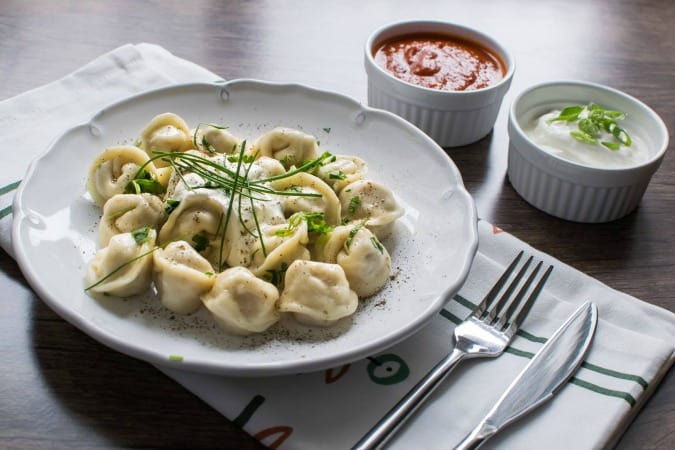
- Prague’s Own University Village – Behind Vítězné náměstí lies the Czech Technical University (ČVÚT) campus and other educational facilities. The focal point is the National Library of Technology, which is open to the public. The elegantly curved glass façade conceals a colorful interior and a bustling café.
- Quiet Residential and Family Appeal – With an abundance of secluded detached villas, the quality of the housing stock is consistently high; whether you opt for an interwar tenement or a Hanspaulka villa, you can expect plenty of living space. A garden often comes with the latter, thus making Prague 6 perennially popular with families. Proximity to international schools (International School of Prague, Riverside School, Prague British School) adds to its appeal.
CONS
- Skyrocketing Housing Prices – In 2017, prices per square meter for new and old flats hit CZK 93,699 and CZK 88,236 respectively. In 2017, prices for a three-room apartment could fetch up to 10,000,000 CZK and a four-room apartment 15,000,000 CZK. For renting, larger properties are common among tenements in Dejvice: you could easily pay around CZK 30,000 for a 3+1 and approximately CZK 40,000 for a 4+1 property.
- Limited Grocery Shopping – Kaufland, located just off Jugoslavských partyzánů, offers the largest choice. Otherwise, you’ll find a cramped Albert supermarket just off Vítězné náměstí. A handful of smaller shops survive in Dejvice (Bezobalu packaging-free grocery store at Hradčanská deserves a mention as do long-established health-food store Country Life and Sklizeno delicatessen which has just re-opened). Šestka mall can be reached by bus.
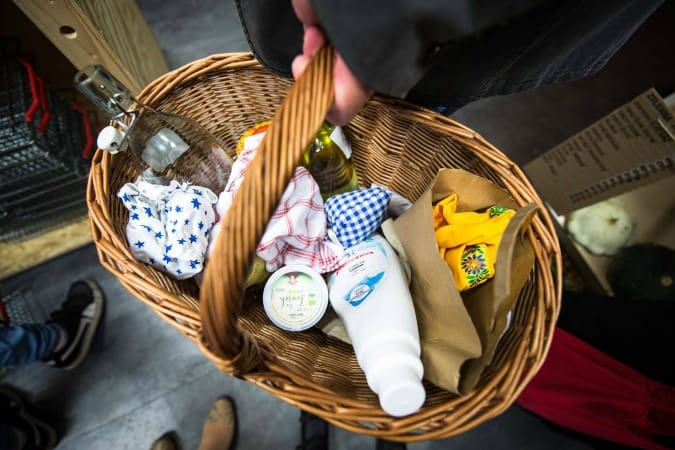
- Demographic Skews Older – Several young professionals we spoke to said that they felt the area was popular with families or senior citizens but had far less to offer the age groups in between. They noted for example, that several new shops opening in the area catered to older people, e.g. new clothes shops aimed at pensioners, but no new stores for a younger age profile.
- Pollution and Noise – Poor air quality and noise pollution due to traffic are an issue near the thoroughfares of Evropská, Svatovítská, or Jugoslavských Partyzánů. Expats we spoke to who lived in Bubeneč cited pollution as an issue too. The problem is balanced to some extent by the quieter streets north and south of Evropská.
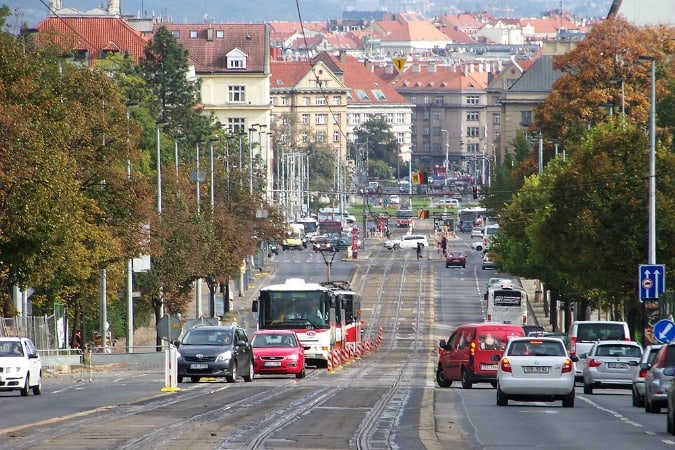
- Lack of Parking – As in Vinohrady, the lack of space for parking causes headaches, particularly in the tenement streets of Bubeneč or around Vítězné náměstí. However, if you manage to find a property in Hanspaulka or elsewhere around Evropská, a garage is more likely.
- Drinking Water Worries – Prague 6 was the center of a water contamination scandal in 2015, and dozens of residents were hospitalized. Now locals note the water gives off a strong chlorine smell, and many expats use a filter.
- Little Britain & Little America – Like Vinohrady, Prague 6 has a large English-speaking (and international) community. Families with school-age kids make up a high percentage of the Anglophone community; adjoining Nebušice is home to a large American population. A move here is ideal if you want to connect with local Brits or North Americans, though not so if you wish to escape the expat bubble.
Prague 6 easily holds its own as one of Prague’s best places to live, despite reservations about house prices, and many of the drawbacks internationals encounter there can be found citywide. As with Vinohrady, property prices are some of the highest in Prague. But for those who value livability and accessibility, Dejvice should be high on your list.












 Reading time: 5 minutes
Reading time: 5 minutes 

















